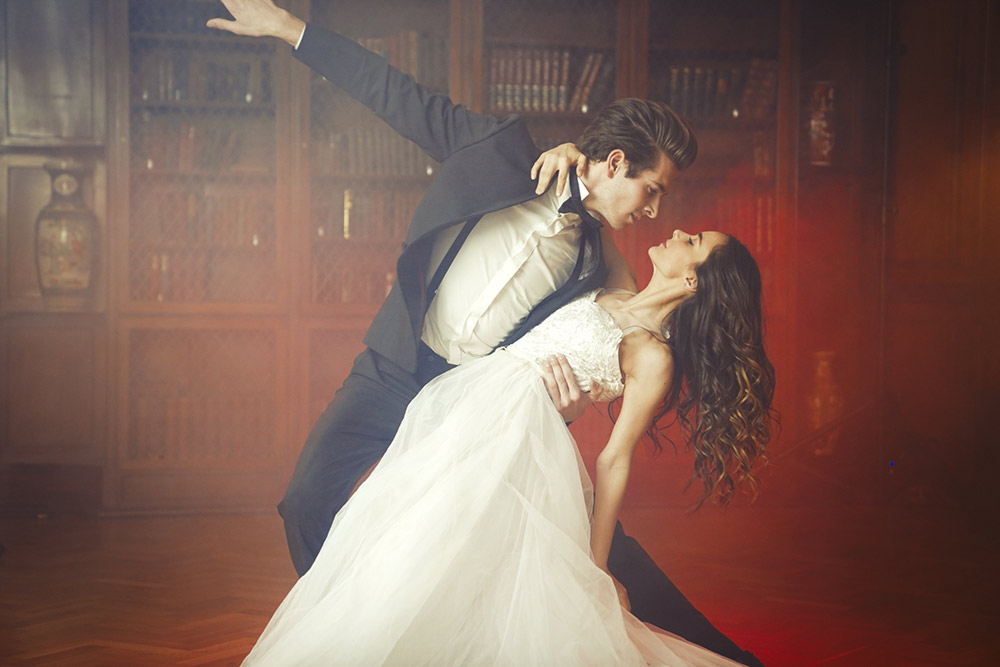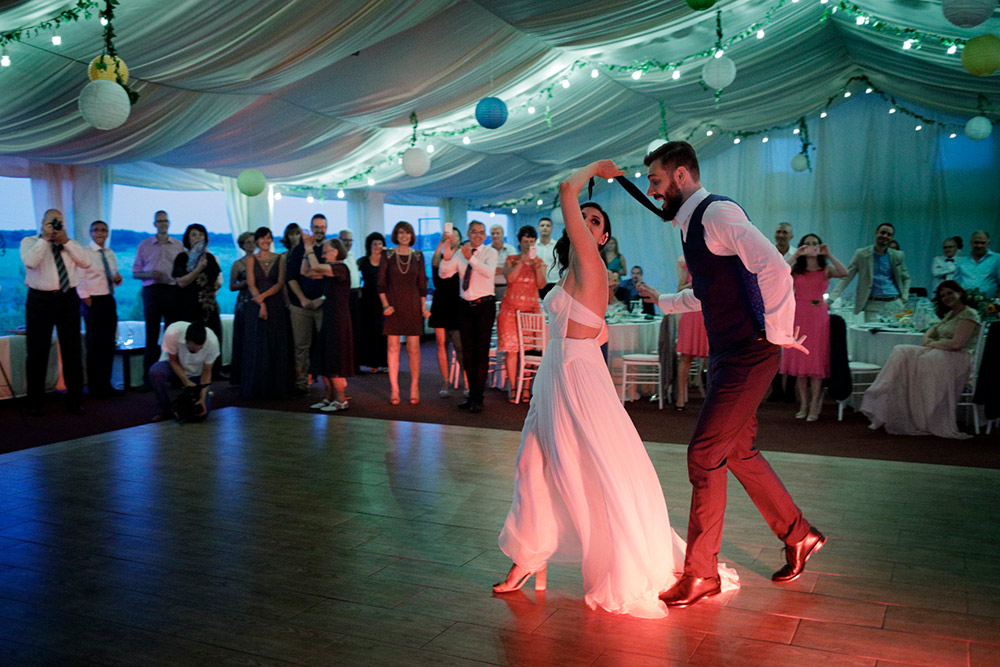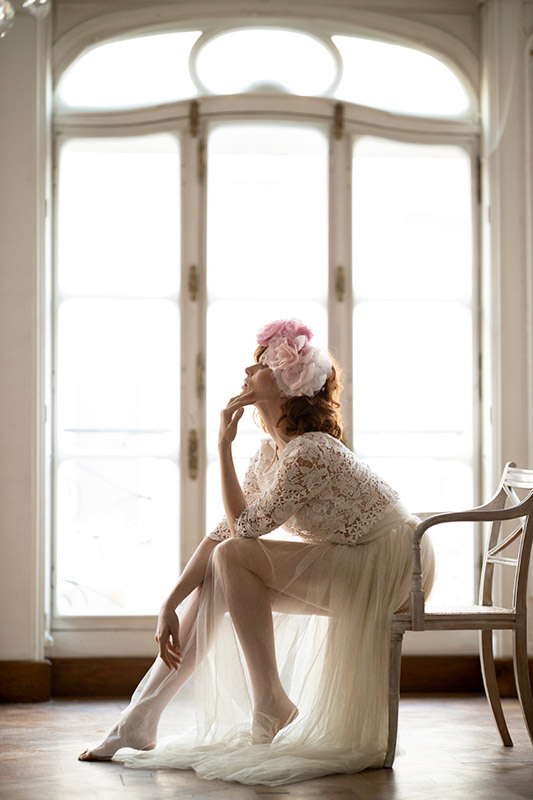- Call us: 01444 237070
- Contact Us
- Stores
- Sign In / Register
-
- Back
- Used Cameras
- Used Accessories
- Used Lenses
- Used Video
- Used Film Equipment
- Used Stock Alert
- Used Blank Test
- Sell or Part Exchange
- Used Clearance
- Recently Added Used Equipment
- Park Picks
- All Used Black Friday Deals
- Faulty
- Trade-In
- Blog
- New in
- Call us
- Contact us
- Stores
- Sign in
- Categories
- Tips & Inspiration
- Reviews
- News
- Events
- Features
- Buying Guides
- Competitions
Wedding Photography Guide
Wedding Photography plays a significant role in every couple’s big day. Great photographs will not only tell a unique story of their experience, but also provide tangible keepsakes to enjoy time after time, highlighting special moments to enjoy with family and friends for years to come.

Capturing the day perfectly can be challenging for even the most experienced wedding photographers. You’ll need to be proficient in several genres, including portraiture, family photography, documentary, event and macro photography, to capture details such as wedding bands, cakes and flowers. To get great results, you’ll also need to offer creative posing ideas, showcase memorable moments from the joyous occasion and be skilled in shooting in both indoor and outdoor locations, often in difficult lighting conditions.
Whatever your level of experience, if you’re confident in using your equipment and come up with creative ideas, you’ll have a good chance of capturing beautiful wedding photos.

Sample wedding image 1 Sony A7 III with FE 24-70mm F/2.8 GM lens at 70mm. Camera settings: 1/160 sec. f/2.8. ISO 1600
Why is Wedding Photography so Important?
Wedding photography is important because it tells a story, highlighting unique moments from a couple’s special, unrepeatable day. Wedding photos are shared with guests, get hung on walls and photo albums are often printed for the couple to enjoy for years to come. This puts a lot of pressure on a wedding photographer, but with the right equipment and know-how, you can do a great job to eternalise a couple’s memories.
To get the best images, wedding photographers need experience of shooting in a wide variety of conditions, using natural and artificial lighting, indoors and out. Photos will include anything from guest arrivals and bride preparations, to a church ceremony and the first kiss - all of which are vital in telling the story.
Many wedding photographers use accessories such as lighting equipment to get better results, which may be as simple as a collapsible reflector or a flashgun. Ultimately, if you deliver professional images with a great service, you’ll get happy clients, new referrals and a growing portfolio to show prospective couples.

Sample wedding image 2, Canon EOS 5DS R with Canon EF 135mm F/2L USM Lens. Camera settings: 1/200 sec. f/2.8. ISO 640. ©Terence Francis
Wedding Photography Tips for New Photographers
Shooting your very first wedding can be a daunting experience, however it will go off without a hitch by following these top wedding photography tips:
- Agree a shot list in writing, so that everyone knows which images you will capture throughout the day.
- Research different photography styles beforehand to help you to think creatively and capture fun group shots, unique couple shots and more engaging photos of guests. This could mean using different angles, unique compositions and being especially observant on the day, so you are more likely to capture a special moment.
- If possible, go and scout the wedding location in advance, as this will help to inform the equipment you’ll need to bring.
- Expect changeable conditions if you’re shooting outdoors, that way you can be prepared for the worst.
- Charge all of your equipment and camera batteries (including several spares) and bring as many empty memory cards as you can muster.
- Shoot in back-up mode if your camera has two memory card slots, as this duplicates files to both cards. This ensures you’ll have at least one copy in the unlikely event a card becomes corrupted.
- Always shoot in RAW (or RAW + JPG) for more versatile post-production options and set your camera to silent to avoid beeps and unnecessary noises.
- If you have two camera bodies, mount different lenses so you can shoot at two focal widths in an instant. You can wear a camera strap with two bodies attached for quick access and comfort during a long session.
- Try and remain discreet whilst still getting close to the action. Using a wide-angle lens at close proximity creates an intimate composition, but can also be intrusive.
- Bring a comfortable camera bag or backpack which fits all of your gear, as you’ll almost certainly be walking around for several hours.
- Expect the unexpected and have fun! Weddings are joyful, but things may not always go to plan, with unexpected weather or latecomers. Roll with it, capture everything you can and enjoy the experience.

Sample wedding image 3 Olympus E-M1 Mark II camera with Olympus M.Zuiko Digital ED 40-150mm F/2.8 lens at 150mm. Camera settings: f/ 2.8. 1250sec ISO 250 ©Fiona Bischof
What is the Best Camera for Wedding Photography?
The majority of wedding photographers will choose between an interchangeable lens DSLR or mirrorless camera, however, some experienced photographers may opt for a medium format camera.
Many of the latest cameras include excellent body stabilisation and autofocus systems with face and eye detection, which is advantageous for getting your subjects pin sharp. For this reason many wedding photographers opt for Canon, Nikon, Sony or Fujifilm cameras. That being said, there are plenty of professional photographers who prefer the lightweight and compact nature of Olympus, Panasonic Lumix and Leica cameras, so it really comes down to personal preference when choosing your preferred brand.
Regardless of the brand, it’s essential know your camera features inside out and be able to switch instantly between settings by customising buttons to suit your workflow. This will allow you to shoot spontaneously and capture fleeting moments without worrying about the technical aspects of your equipment.
It’s well worth bearing in mind that instant cameras make a fun addition to weddings and can be dotted around tables, inviting guests to capture their own unique perspectives. They make a great icebreakers, are enjoyable to use and often lead to novel photos from the guest’s point of view.

Sample wedding image 4 (with Canon EOS 5D IV no EXIF data) ©Sarah Ascough
What is the Best Lens for Wedding Photography?
Having the right lenses makes a huge difference to the images you are able to capture during a wedding. It can be tempting to save weight by only bringing your favourite zoom lens, but you’ll kick yourself when you inevitably miss golden opportunities.
Aim to cover all focal widths from ultra-wide angle for group shots, to standard focal widths for natural portraits, through to a telephoto lens for longer shots of the ceremony. For most camera brands this means choosing a series of lenses from around 15mm to 200mm. Some lenses offer a close minimum focus distance, in which case you can save some weight by leaving a dedicated macro at home, whilst still capturing detail shots.
Always bring the fastest lenses you have, as this enables you to capture photos with a shallow depth of field and to shoot handheld during low light situations. This could be anything from an f/1.2 prime lens to an f/4 zoom lens, depending on what you have available. As with your camera body, set any custom buttons on the lens barrel to quickly switch between features and speed up your workflow.

Sample wedding image 5 (with Canon EOS 5D IV no EXIF data) ©Jeff Ascough
How Much to Charge for Your First Wedding Photography Booking
Just like all types of professional photography, it can be difficult to set your prices when starting out and building your business. Consider factoring in any meetings prior to the wedding, time scouting the location, travel time, parking, as well as any other sundry expenses. Factor in other costs as well, such as public liability insurance and equipment insurance.
Once the day is over, you’ll then need to organise and process all of the photos, as well as delivering them to your client in a professional manner. Prints, albums and frames are usually charged as extras, although some may be included in a pre-arranged package.
The wedding shoot itself can last anything from two hours to ten hours, depending on what is agreed beforehand. A professional wedding photographer will charge anything from £200 to £600 for two hours, and £1000 to £5,000 for a full-day session.
As a new wedding photographer consider charging just under or at the lower-end of the spectrum in order to get your business off the ground. In order to gain experience, it’s also beneficial to offer to photograph weddings for friends and family – not only is it a great wedding gift, but it will build your portfolio too!

Wedding Photography Tips: Capturing Those Special Moments
Successful wedding photographers need to be organised, creative and skilled at taking different types of photos. You may pursue a single style, which attracts a type of client, or you may offer diverse styles to appeal to a broader audience. Whichever route you take, these tips will help you to capture special moments to set your work apart.
- When scouting the location, discuss lighting with the staff so that you know what is available at the venue and which lighting or photo backgrounds you’ll need to bring.
- Familiarise yourself with the itinerary for the day, including the order of service. This allows you to be one step ahead with compositions, lighting and lens choices.
- Confirm which are the most important guests to photograph and learn their names so that you can make them at ease when it’s time to photograph them.
- Some of the most important events to capture during a wedding include:
- Guest arrivals
- Bride and groom preparations
- Bride walking down the aisle
- The ceremony
- The first kiss
- Family and group shots
- Couple shots
- Signing of the register
- Cutting the cake
- The first dance
- Close-up and detail shots throughout the day
- Be creative by shooting from high or low perspectives, use motion blur, capture candid photos or employ lighting to the enhance the mood of a shot.
- Bring out the personality of the couple and their guests by having them try different poses which reflect their character.
- If you see some action about to happen, use burst mode on your camera and shoot until whatever was happening has completely finished. This is known as ‘shooting through the action,’ which fills your memory cards quickly, but can help you to capture a truly memorable moment.
Wedding photography is an extremely rewarding job that attracts many talented photographers who enjoy capturing unique images of a couple’s special day. A good wedding photographer will be organised, observant, creative and knows their equipment inside and out.
If you’re looking to get into wedding photography, browse our huge range of cameras to find the one that will help you capture the most memorable photos which will be cherished forever.
Share this post:
By Nick Dautlich on 07/06/2022
Nick Dautlich
Senior Content Writer and Product Reviewer
Nick Dautlich is the Senior Content Writer and Product Reviewer at Park Cameras, with over 15 years of photography experience. A Sony Imaging Professional and expert reviewer, Nick has worked with major brands such as Canon, Sony and Nikon. His work is also featured on Vanguard World UK’s website, Capture Landscapes, and Shutter Evolve. Nick’s photography includes National Trust projects and magazine covers and he is passionate about landscapes and storytelling. Nick also enjoys hiking and teaching his children about nature. Learn more on his profile page.

Trade in your old equipment
Fast and easy trade in service ensures your old gear is collected efficiently and you are paid quickly! It's very simple to trade in your unwanted photography gear. Just head over to our dedicated Sell or Part Exchange page, fill out the details, and we'll get back to you with an offer for your old gear. Take the cash, or put it towards the cost of your new gear. It's up to you! Find out more
sign up to the newsletter
Keep up to date on the latest photography news, events and offers. Sign up now